Continuing Education Hours: Claim 1 hour if you complete each activity and the quiz.
This Plants Plus focuses on selecting a tree species that can withstand the challenges of a changing climate. Understanding factors affecting and benefits of planting different species will help you pick the right tree for the right location.
You’ll get to explore resources that help you understand what climate changes may be coming, what tree species are best adapted to these conditions, and how valuable that tree can be to mitigating climate change.
You’ll learn to:
- Distinguish between climate change mitigation and adaptation.
- Identify how evolving cold hardiness and heat zones of Wisconsin affects tree planting decisions for the future.
- Identify at least one potential tree species that demonstrates resilience in a changing climate and would be appropriate to plant in a Wisconsin community near you.
- Calculate the value of an existing or future tree in your Wisconsin community using an i-Tree tool.
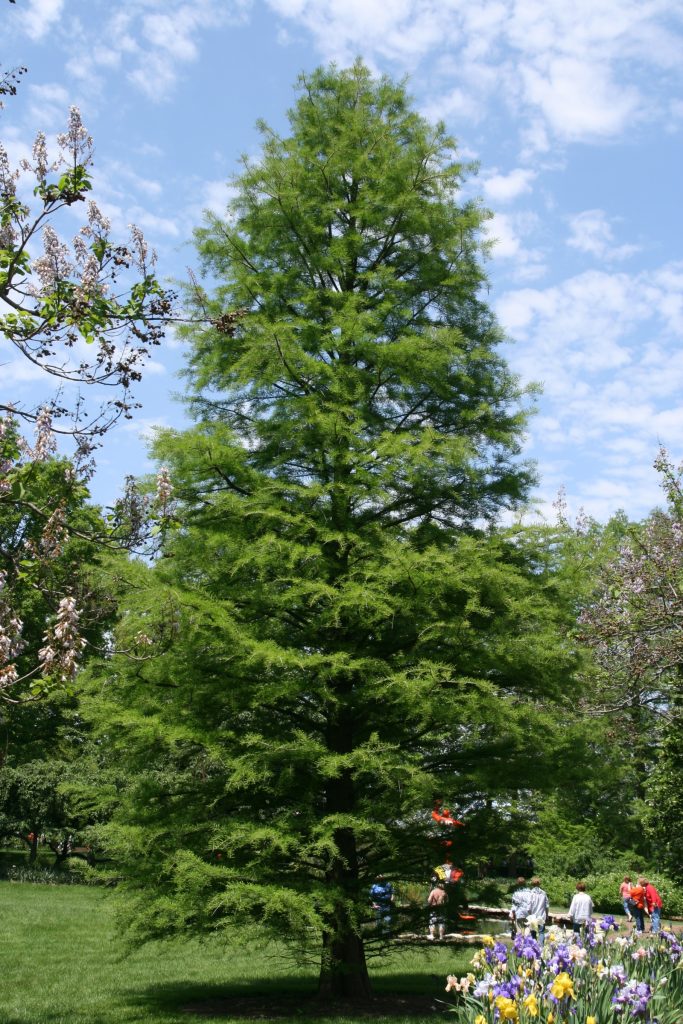
INTRODUCTION
Actions we can take to reduce or cope with climate change impacts include planting trees. We’ll introduce this topic with some basic terminology so you better understand that some actions help us reduce climate change, and some help us deal with the effects of climate change. Both are important and related to planting trees.
Instructions: Complete the activity below to understand the difference between mitigation and adaptation strategies.
PLANTING FOR THE FUTURE
Planting a tree is a way to help reduce greenhouse gases and sequester carbon, but it’s important to note that not just any tree species will do in a changing climate! Complete the next activity to learn more about how future climatic conditions may affect what tree species you select.
Instructions: Follow the link in the red box below to an interactive resource from the Wisconsin Department of Natural Resources. Scroll down through the information, reading as you go. Compare Wisconsin’s current and future cold hardiness and heat zones. What will your zone become in the future under a high emissions scenario?
When you’re done come back to this page to move on to the next section.
Wisconsin’s cold hardiness zones are changing and there is an increase in the number of days at or above 86°F (heat zone days).
Click the button below for a story on using anticipated hardiness and heat zones to determine which trees to plant for a certain location.
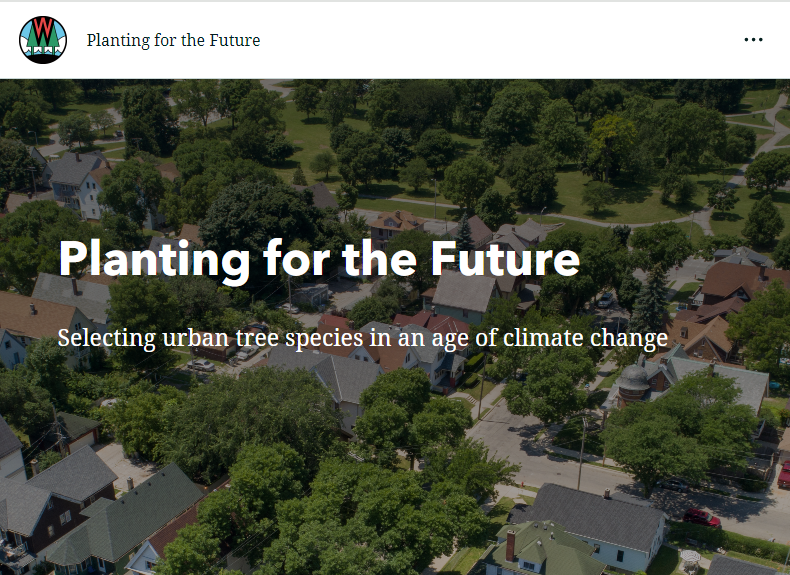
SELECTING RESILIENT TREES
Picking a tree species that is able to withstand future climatic conditions is an important adaptation action- and it can be an enjoyable research experience as you learn more about different species. In this section, you’ll get to investigate different species anticipated to be resilient in your area as the climate changes.
Instructions: Follow the steps below to use the map. Read through the document that contains the list of tree species for that area. Identify at least one potential tree species that demonstrates resilience in a changing climate and would be appropriate to plant in a Wisconsin community near you. You don’t need to report the tree species you identify.
The map to the right, created by the Northern Institute of Applied Climate Science, contains tailored lists of recommended plant species for different Ecological Sections of Wisconsin.
To use the map:
1) First locate your county of interest. Your county of interest will fall within an Ecological Section (212_).
2) Click the red plus sign next to the appropriate Ecological Section.
3) A box will pop up with the title of that specific Ecological Section. Click on the words and a new window will open with a detailed list of plant species for that specific region.
Want something simpler? (optional)
Click on these four simplified recommended tree lists created by the Wisconsin Department of Natural Resources:
1) Recommended large street trees
2) Recommended small street trees
3) Recommended large park trees
4) Recommended small park trees
HOW MUCH IS THAT TREE REALLY WORTH?
Trees are important! It can be helpful to understand and communicate how much a tree is worth in understandable terms.
Instructions:
Calculate the value of trees using an i-Tree tool. i-Tree is a free tool developed by the USDA Forest Service that provides urban and rural forestry analyses and benefit assessment tools.
1. Proceed through the exercise below to learn how to use and select the right i-Tree tool for you.
2. Then, pick whether you want to calculate the value of a single tree or canopy cover and calculate its value using the i-Tree tool. (You won’t be using the third tool to choose a tree for a specific benefit in this exercise, but you can try it out for fun!) You are free to pick whichever value you want from the software- in amount of carbon sequestered, dollars, stormwater mitigation, or any other parameter you find meaningful. You will be going to another website to use the i-Tree tool. Keep this window open to come back to this page.
3. Note the value you calculated because you’ll need to report it in the quiz!
QUIZ
Take this short quiz to show us what you learned:
REPORT HOURS
Report the continuing education hours you just earned in the Online Reporting System. Great job!

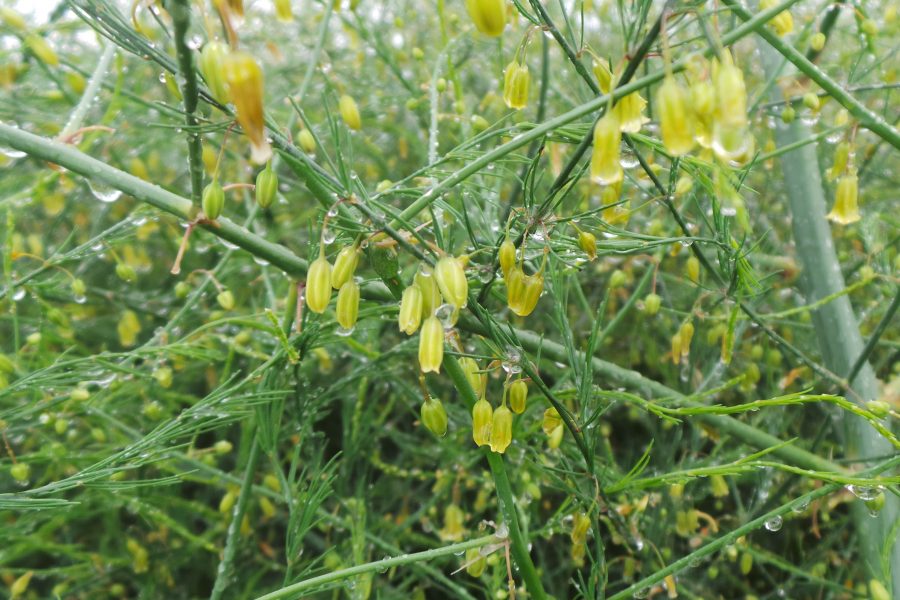 Perennial Vegetable Crops
Perennial Vegetable Crops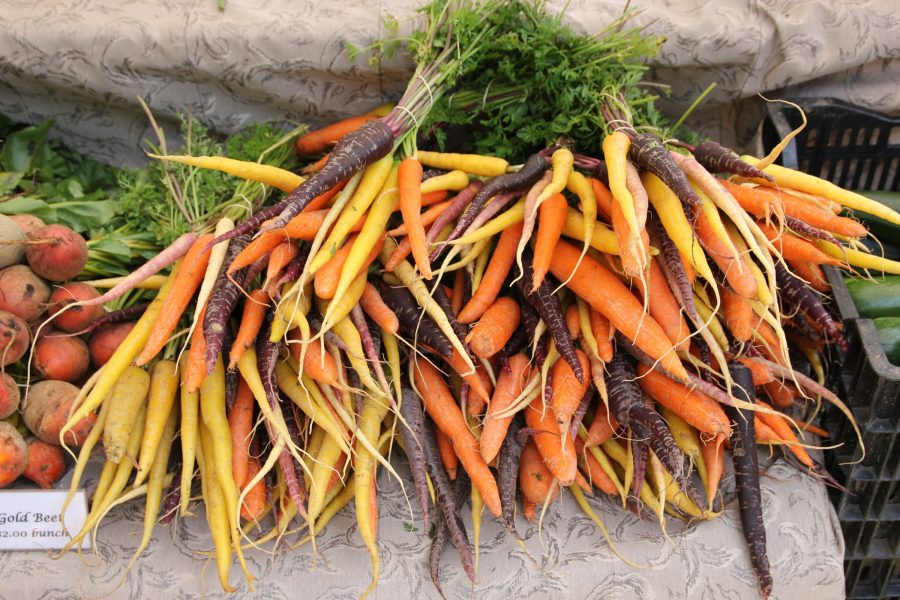 Root Crops
Root Crops Gardening & Climate Change: Introduction
Gardening & Climate Change: Introduction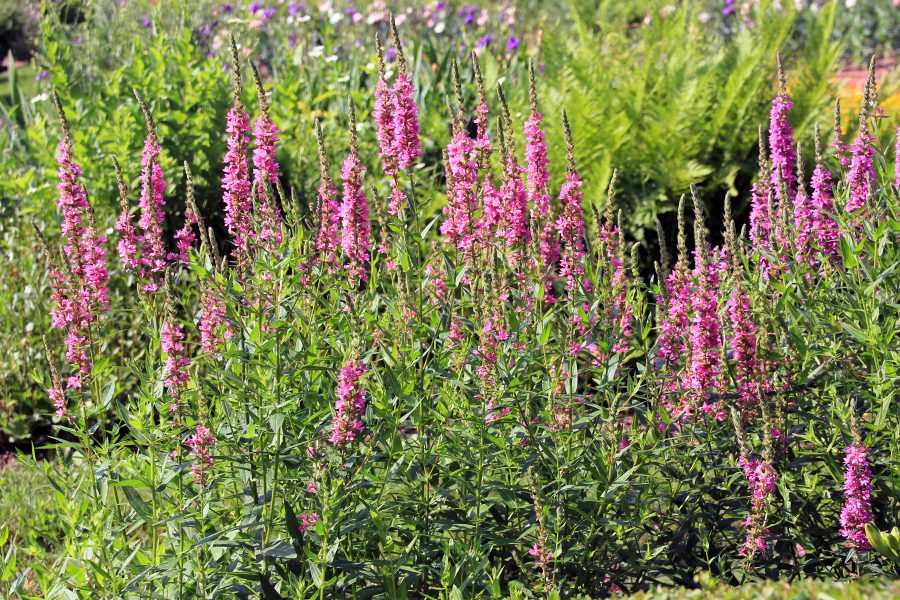 Invasive Plants
Invasive Plants


